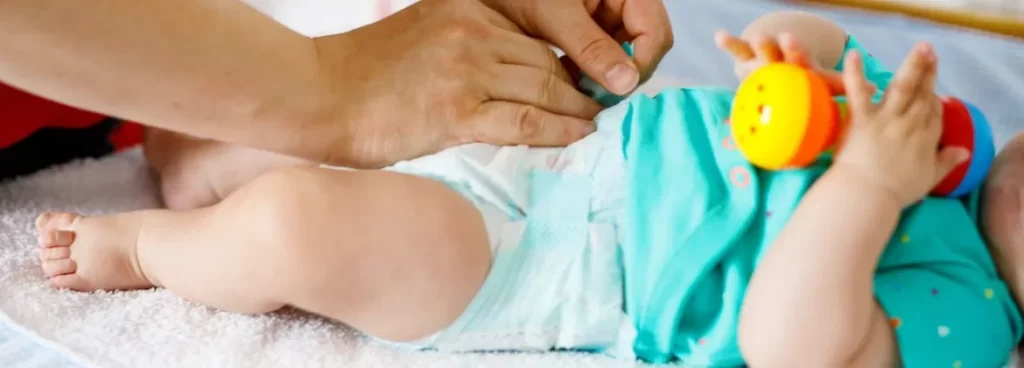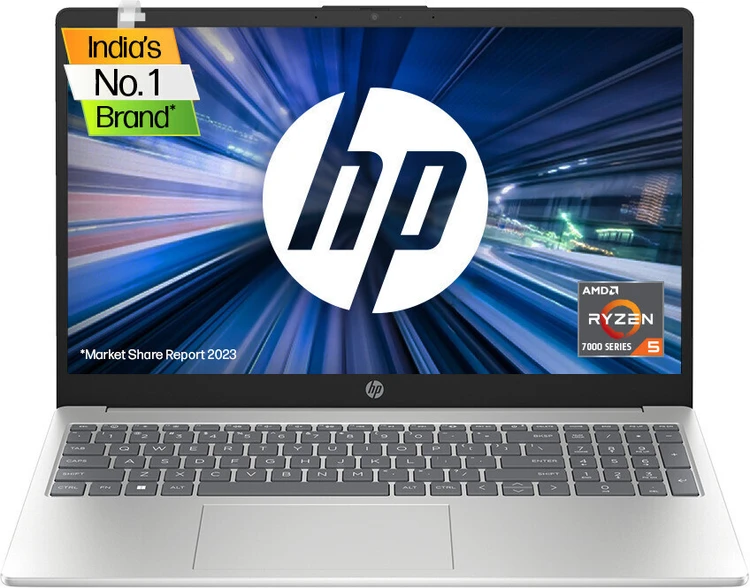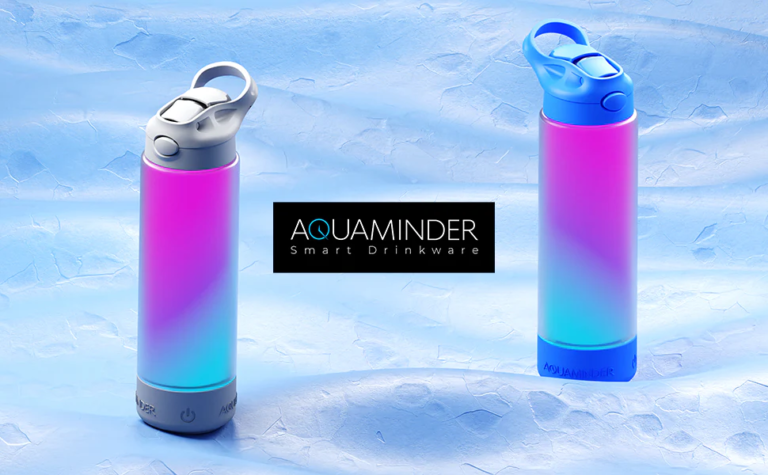Buying guide forBEST DIAPERS
As any parent knows, diapers come part and parcel with child-rearing. There are lots of diaper brands on the market today, so how do you choose the right diapers for your little one? After all, your child will be wearing them almost 24/7 for the first few years of life.
There are several key requirements most parents have of their child’s diaper brand. They are as follows.
- The diapers must be comfortable against the child’s skin.
- The diapers must effectively contain waste for short periods of time, until someone can replace a soiled one with a new one.
- The diapers must be a good value. Diaper expenditures can really add up over the days, weeks, months, and years of babyhood.
To get the lowdown on diapers, we enlisted the help of baby expert Dr. Aimee Ketchum.


A diaper that fits well can help to avoid leaks, but it’s not foolproof. Even with a well-fitting diaper, you’ll sometimes experience a poop explosion.
TYPES OF DIAPERS
There are two main types of diapers of the market: disposable diapers and cloth diapers.
Disposable diapers
Disposable diapers go straight into the trash after each change. They’re made from different layers of materials, including a polypropylene topsheet and an absorbent center.
Pros:
- Disposable diapers are convenient and easy to use.
- You don’t have to launder them; simply throw them away.
- Most parents find disposable diapers easier for traveling and use on the go.
- While they might cost more in the long run, there’s no need for a large initial outlay of cash with disposable diapers. You just buy them as you go.
EXPERT TIP
Sometimes you may want to put a clean diaper under the dirty diaper while changing so you can pull the dirty one out quickly and already have the clean one ready to go.
BestReviews Baby and Child Expert
Cons:
- Disposable diapers create a lot of environmental waste.
- Most disposable diapers contain sodium polyacrylate (which is linked to allergies and toxic shock syndrome), chlorine, and artificial fragrances. Some contain traces of the harmful chemical tributyltin.
- Unless you opt for the very cheapest package on the shelf, disposable diapers usually cost more money than cloth diapers over the two or so years your baby requires diapering.
Price: The most inexpensive brands cost as little as $.11 per diaper. High-end eco-friendly disposable diapers can cost as much as $.67 per diaper. However, the average cost is between $.20 and $.35 per diaper.
“If you opt for cloth diapers, you’ll need between 20 and 30 to comfortably keep up with washing and drying them. “
STAFF
BestReviews
Cloth diapers
Cloth diapers, also known as reusable diapers, are designed to be washed after use.
Pros:
- Using cloth diapers is better for the environment, since you won’t be sending every used diaper directly to a landfill.
- You save money in the long run using cloth diapers, especially if you use them for more than one child.
- Cloth diapers come in a range of colors and patterns, including some very adorable designs.
- Since cloth diapers are made from natural, breathable fibers, babies who wear them tend to experience less diaper rash.
- Cloth diapers are arguably more comfortable for the child than disposables.
“Even cloth diapers can have flushable inserts, making them easier to use.”
STAFF
BestReviews
Cons:
- There’s a degree of labor involved with cloth diapers, since they need to be washed and dried between uses.
- Cloth diapers can be inconvenient when you’re out and about, since you’ll need to lug dirty diapers around with you.
- Some childcare centers will require disposable diapers while they are there, even if your baby is used to wearing cloth diapers.
Price: Most cloth diapers cost between $5 and $20 apiece. You’ll need 20 to 30 cloth diapers in total. Some styles of cloth diapers (usually the cheaper ones) require inserts and liners at an additional cost.
EXPERT TIP
Make sure your baby is wearing the correct size diaper to avoid leaks and blowouts as much as possible.
BestReviews Baby and Child Expert
DIAPER ABSORBENCY
Diapers must be absorbent enough to hold urine without leaking or making your baby feel too uncomfortable. Disposable diapers tend to be more absorbent than cloth diapers, but not all brands are equally absorbent. You’ll want to investigate any particular brands you’re considering; we suggesting trying them out to see how they perform.
As mentioned, reusable diapers are generally less absorbent. As a result, they may need to be changed more often. However, you could purchase extra inserts for some types of cloth diapers to increase absorbency.
The fact that babies can feel a little bit of wetness with cloth diapers can be beneficial when it comes to potty-training time, since they learn the difference between being wet and being dry more quickly.






